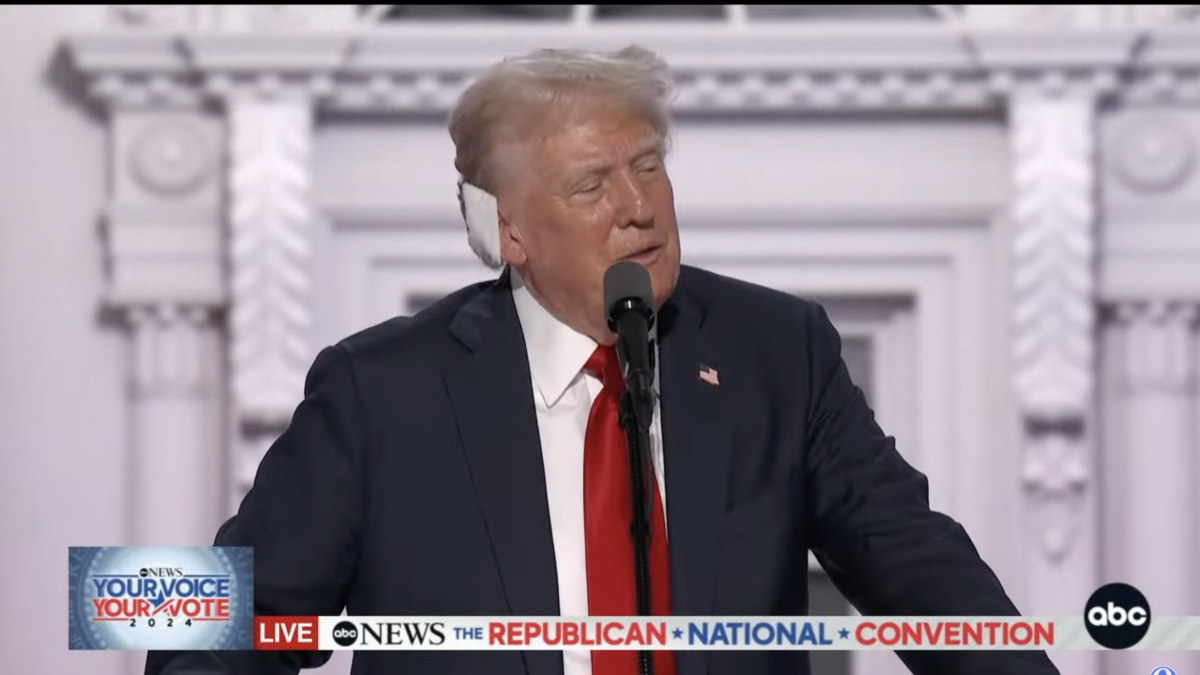
A former Washington Post reporter revealed that he passed on writing a story about the upside-down U.S. flag hanging outside of Justice Samuel Alito’s home in 2021 and said he had never heard that the symbol was associated with the so-called “Stop the Steal” movement.
Speaking to Post columnist Erik Wemple, retired WaPo Supreme Court reporter Robert Barnes said he got an anonymous tip about the flag, saw the flag flying at the Alitos’ home on Jan. 6, 2021, and spoke with the Alitos about why it was upside down. He explained why he ultimately chose not to report on it.
“We determined that it wasn’t the justice that flew the flag upside down and we determined it wasn’t a protest about the election or something else on the part of Mrs. Alito,” Barnes told Wemple. Barnes said he made the determination based on Martha-Ann Alito’s “actions when I saw her and what others in the neighborhood had told me.”
“I was not aware that an upside-down flag was a symbol of ‘Stop the Steal,'” Barnes also told Wemple. “It never came up in our conversations that this was a symbol of ‘Stop the Steal.'”
Three years after Barnes was given the tip about the upside-down flag at the Alitos’ Virginia residence, the New York Times decided this the story was front-page news, publishing several hit pieces against the family and Justice Alito’s integrity.
Even in light of the resulting media blitz against the Alitos, which began mid-May and continued for weeks, Wemple conceded that the flag’s origins and connections are not as nefarious as the media has made them seem.
Wemple noted in his op-ed that, “This particular symbol originated as a signal of distress on the high seas and these days serves as a signal of figurative distress by political actors, including by opponents of President Barack Obama in the Tea Party movement.”
He also said, “There were at least a couple of posts from folks who had used the symbol to convey distress over the leadership of Trump,” emphasizing the fact that the upside-down flag is not exclusive to Jan. 6, nor does it solely represent so-called “insurrectionists.”
Despite Barnes’ correct explanation about why he passed on the story and his own examples of the flag being used in contexts unrelated to Jan. 6, Wemple nevertheless took the opportunity to scold his own publication for its “inaction.”
“Those caveats, though noteworthy, don’t rule out a harsh judgment of The Post’s inaction,” Wemple wrote. “The Alitos received deference to which they were not entitled.”
Wemple went on to lament that the Post had to “play second fiddle” to the NYT because it had passed on the story.
The second flag that stirred up left-wing outage against the Alitos was an “Appeal to Heaven” flag, but a deeper dive into the flag’s origins — it was originally designed by George Washington’s secretary and flown by six ships Washington commissioned during the American Revolution — showed that the leftist media had once again tried to smear Alito with a fabricated controversy.
Many of the outlets took their criticism a step further, calling for Alito’s recusal from the court, an obvious attempt to shape the bench’s judgments as important cases regarding Jan. 6 and former president Donald Trump were on the docket.









